Researchers use an enhanced technique to pattern unaltered cells within a 3D hydrogel, allowing them to recreate complex biological tissue for regenerative medicine.
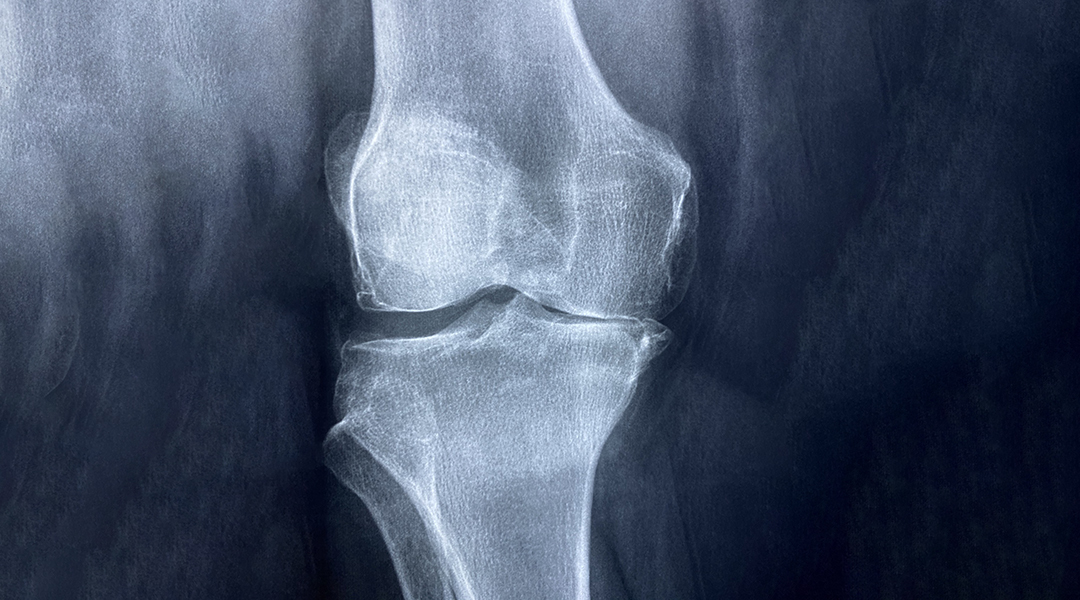

Researchers use an enhanced technique to pattern unaltered cells within a 3D hydrogel, allowing them to recreate complex biological tissue for regenerative medicine.
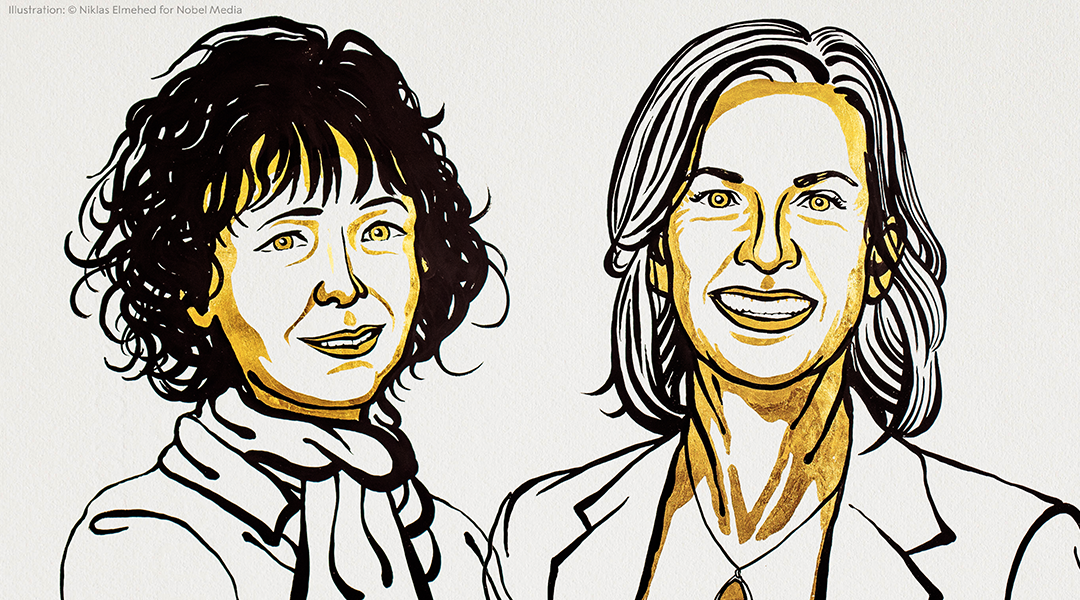
For the first time, two women share the Nobel prize for chemistry. Their work with CRISPR helped usher in a new generation of precision genome editing.

An extensive study shows that the fragile Arctic landscape is changing right before our eyes. While we cannot stop the transformation, we can mitigate its effects if we reduce greenhouse gas emissions and slow climate change.
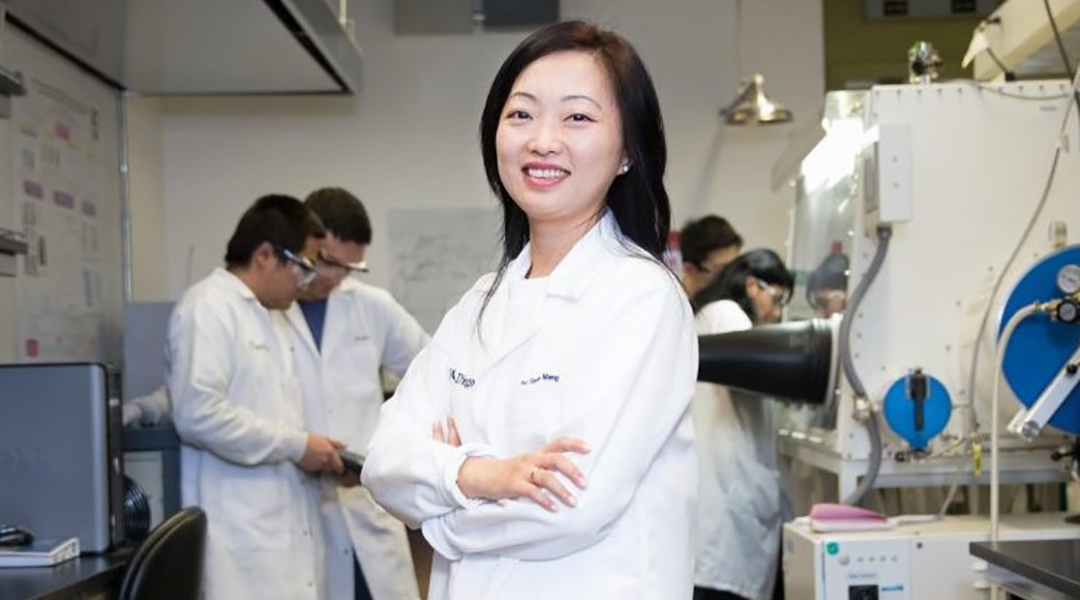
The materials scientist talks about the challenges in finding work/life balance, her research in sustainable energy storage, and how Chinese calligraphy has shaped her way of thinking.
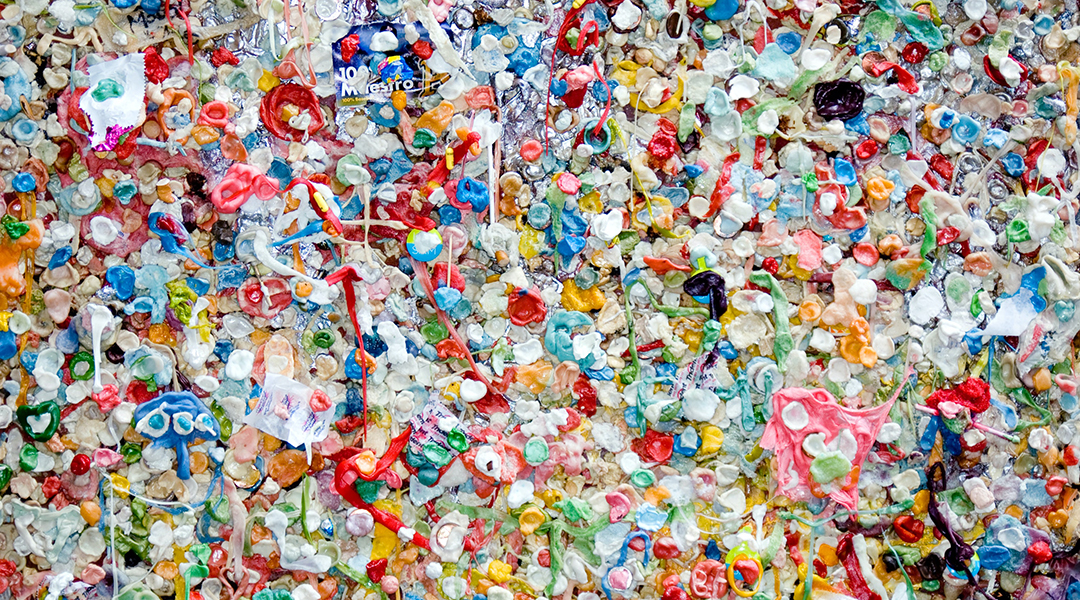
A new study is the first to examine micro- and nanoplastic occurrence in human organs, providing the first clues on potential exposure sources and routes.
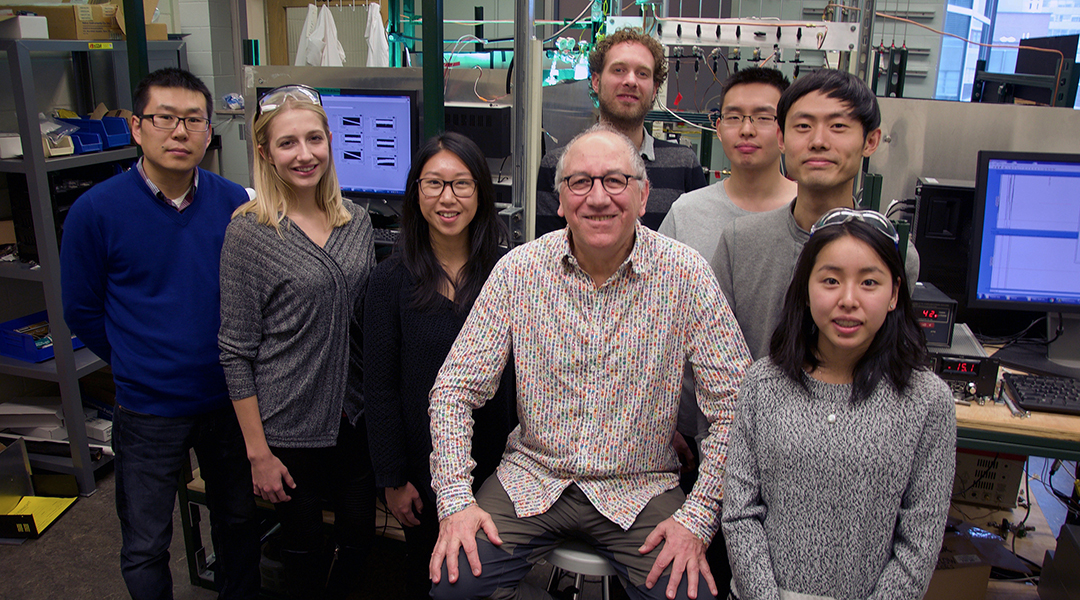
To celebrate his upcoming 77th birthday, we reached out to nanochemist and long-time ASN contributor, Geoffery Ozin, to discuss his colorful career, current projects, and plans for the future.
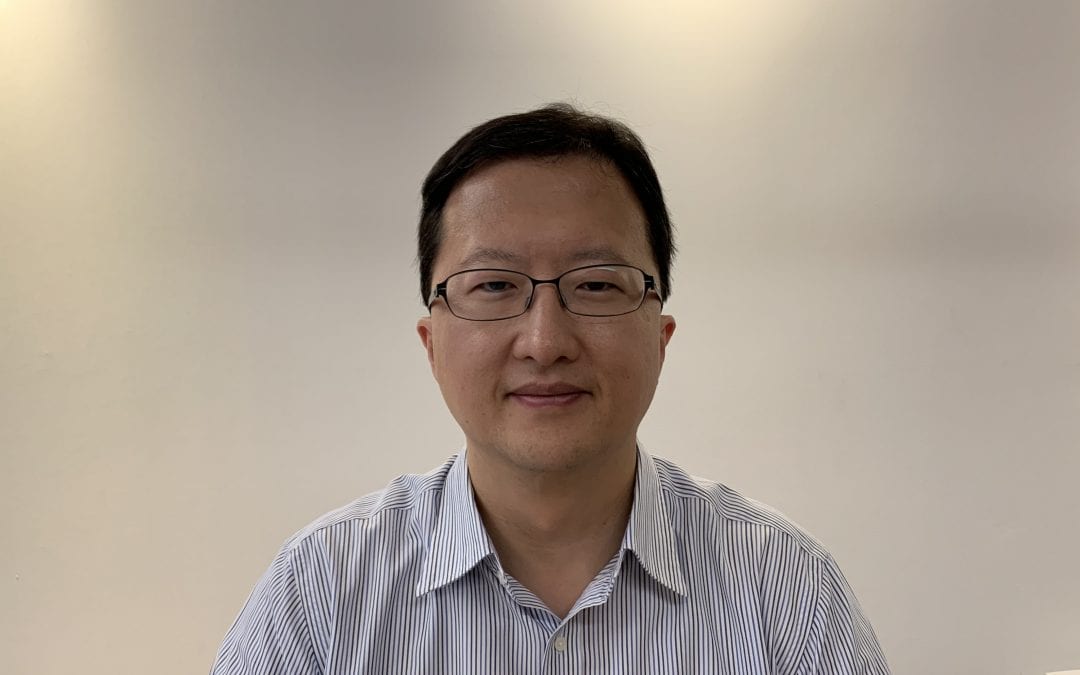
Celebrating “10 years of Advanced Energy Materials Research,” we chatted with Jang Wook Choi of SNU about his career and the future of battery research.
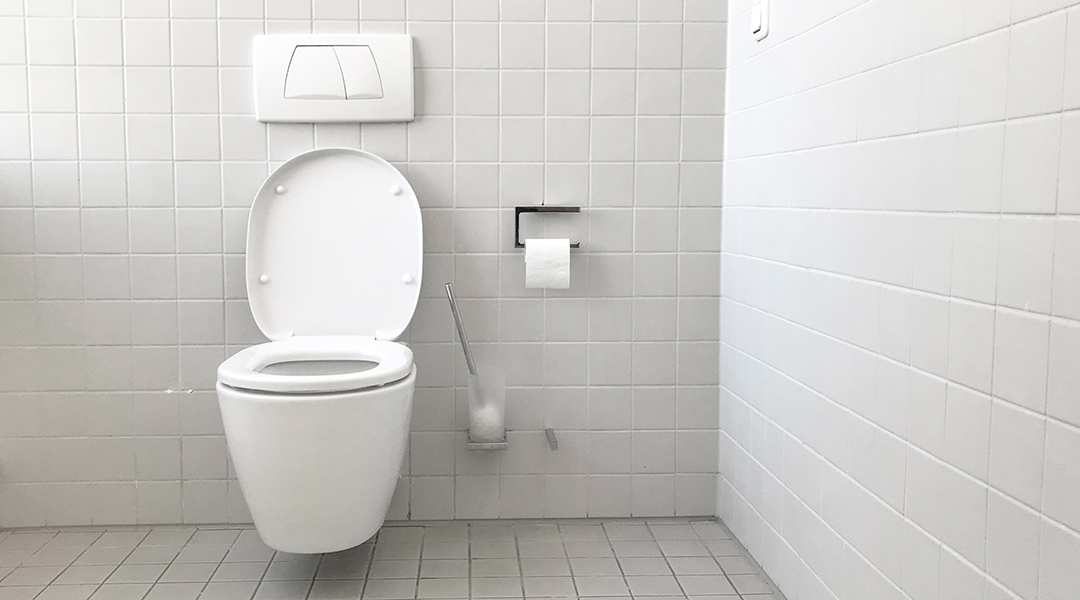
SARS-CoV-2 can survive the human digestive tract, and new research shows that flushing toilets could be a means of transmitting the virus.

Micro- and nanoparticle-based drug delivery systems are revolutionizing medicine, from minimizing the toxicity of therapeutics to improving their efficacy.
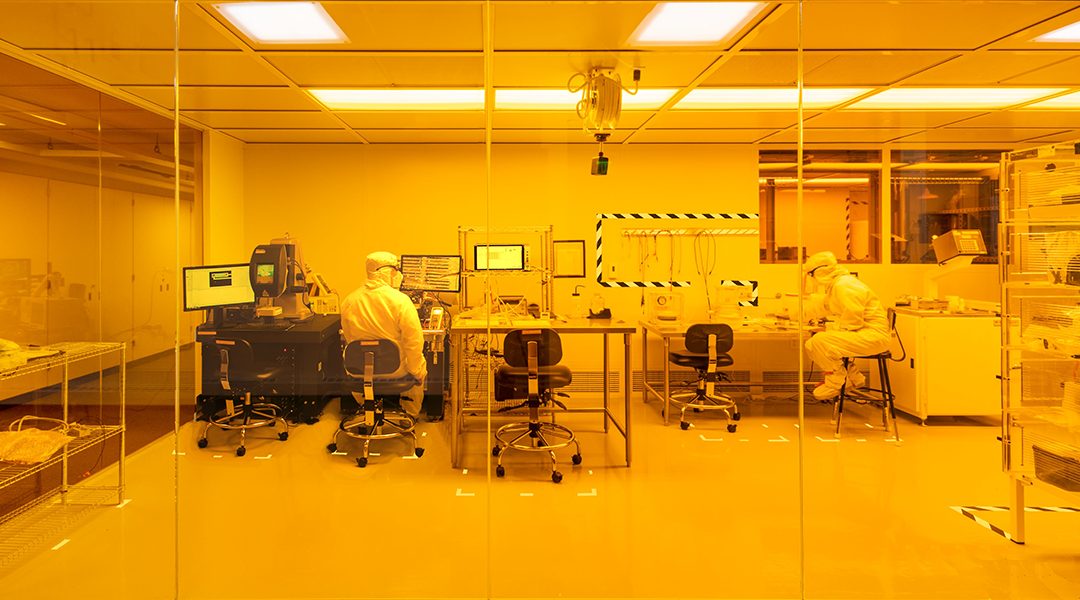
MIT lab offers a model for cost savings, productivity, and safety; principles may also facilitate efficient reopening in the future.